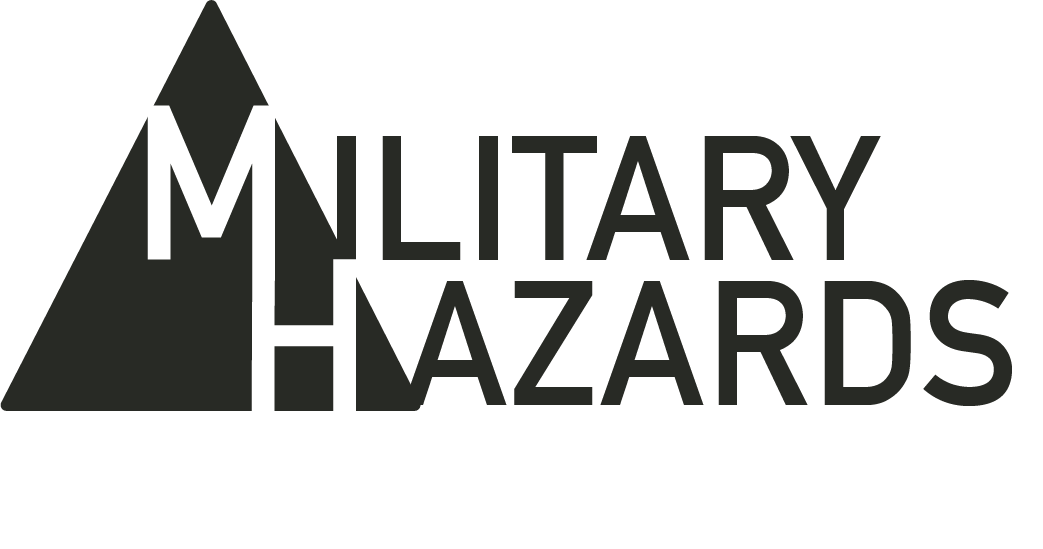Contact Our Legal Partner
"*" indicates required fields

Fort Jackson, located in Columbia, South Carolina, has been a significant U.S. Army base since its establishment in 1917. The base has been instrumental in various military operations and training exercises, particularly as the Army’s largest Basic Combat Training Center. Fort Jackson continues to operate today, training approximately 50% of all soldiers entering the Army each year.
Water Contamination Updates at Fort Jackson
2024: In June 2024, the EPA enforced a minimum standard for healthy water, which Fort Jackson does not meet.
2022: Recent tests at Fort Jackson detected concerning levels of PFAS (per- and polyfluoroalkyl substances) in groundwater, with concentrations of PFOS (perfluorooctane sulfonate) and PFOA (perfluorooctanoic acid) exceeding the EPA’s health advisory levels.
2020: The Army conducted tests revealing PFAS contamination in groundwater at multiple locations on the base, with some areas showing levels above the EPA’s lifetime health advisory of 70 parts per trillion (ppt) for PFOS and PFOA combined.
Fort Jackson and Its History of Contamination
Contamination at Fort Jackson was identified in the early 2000s when groundwater testing revealed the presence of hazardous substances. The primary contaminants included volatile organic compounds (VOCs) and per- and polyfluoroalkyl substances, all known to create a host of respiratory and other lifelong symptoms. However, it’s been recently discovered that since the 1960s there may have been contamination issues caused by the throwing of Hand Grenades.
The PFAS contamination at Fort Jackson is primarily attributed to the use of aqueous film-forming foam (AFFF) in firefighting and training exercises. Recent tests have shown PFAS levels in the groundwater exceeding EPA safety standards in some areas of the base.
Where the Contamination Was on Fort Jackson
The contamination at Fort Jackson is primarily concentrated in three key areas: Fire Training Areas, where aqueous film-forming foam (AFFF) was historically used in exercises; Landfill Sites, which served as disposal locations for hazardous waste and firefighting foam residues; and Maintenance and Industrial Areas, where various chemicals were routinely used and stored. These locations represent the main focal points of environmental concern on the base.
What Contaminants Were Found at Fort Jackson?
Fort Jackson has faced environmental challenges similar to other military installations. Recent investigations have identified two primary groups of toxic chemicals in the base’s groundwater: Per- and Polyfluoroalkyl Substances (PFAS) and Volatile Organic Compounds (VOCs).
PFAS, particularly PFOA and PFOS, have been detected at levels exceeding EPA limits in some areas of Fort Jackson. These substances are likely linked to the historical use of aqueous film-forming foam (AFFF) in firefighting activities. Additionally, VOCs such as trichloroethylene (TCE) and perchloroethylene (PCE) have been found, potentially originating from industrial and maintenance operations on the base. The presence of these contaminants has raised concerns about potential health risks for personnel and nearby communities, prompting ongoing monitoring and remediation efforts.
Current Water Quality and Advanced Water Treatment Efforts at Fort Jackson
The Army has implemented water treatment systems to address VOCs and some PFAS contamination. However, concerns persist among former service members and local communities about the adequacy of these measures.
Health Risks of Drinking the Water at Fort Jackson
Contaminants found at Fort Jackson, including VOCs and PFAS, have been associated with numerous health risks. Service members and families stationed there may face heightened risks of various health conditions, similar to those listed for Camp Pendleton.
Do I Qualify for the Lawsuit?
Veterans and their families who were stationed at Fort Jackson and have developed health conditions linked to PFAS or other contaminants may qualify for compensation. Recent cases have seen veterans receive disability benefits for conditions related to contamination.
What Are the Potential Settlement Amounts From Water Contamination at Fort Jackson?
Settlement amounts for Fort Jackson water contamination cases would vary based on factors such as the severity of the illness, age, and the strength of the evidence linking the condition to exposure. As specific cases for Fort Jackson are still developing, potential settlement amounts could range from $50,000 up to $300,00,00 in some cases.
Can I File a Fort Jackson Water Contamination Lawsuit?
To pursue a lawsuit for Fort Jackson water contamination, consult with an attorney promptly. They will guide you through the process, help gather necessary evidence, and meet legal deadlines.
What Evidence Would I Need to Support My Claim?
To support a Fort Jackson water contamination lawsuit, you typically need:
- Proof of exposure to contaminated water at Fort Jackson
- Medical diagnosis of a condition linked to the contaminants
- Evidence of residence or employment at Fort Jackson during the contamination period
What Are the Filing Deadlines for a Lawsuit?
Statutes of limitations for filing contamination claims vary by state and case specifics. It is crucial to consult with an attorney to understand applicable deadlines and ensure your claim is filed in a timely manner.
Who Can I Speak With About My Case?
Several law firms specialize in military base water contamination lawsuits, including those related to Fort Jackson. It’s recommended to consult with experienced attorneys who have expertise in environmental and military-related cases, particularly those involving PFAS contamination. Our legal partners at MilitaryHazards.org have a great deal of experience getting former and current servicemen and women (and their families), justice.
